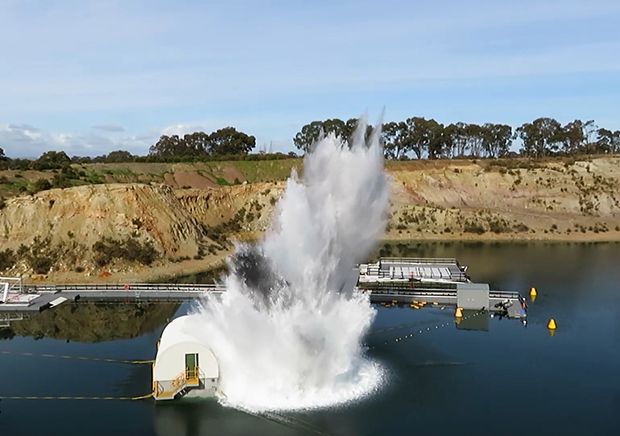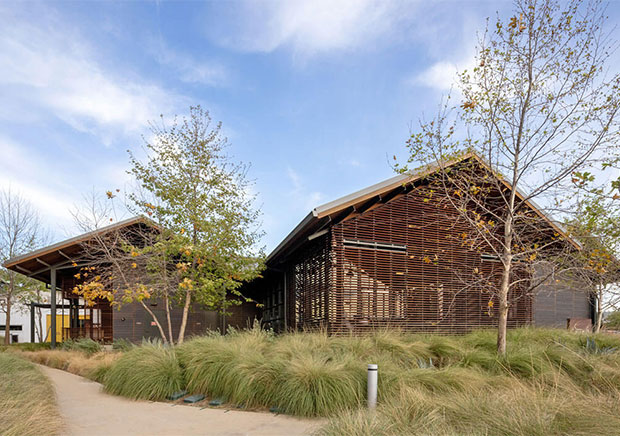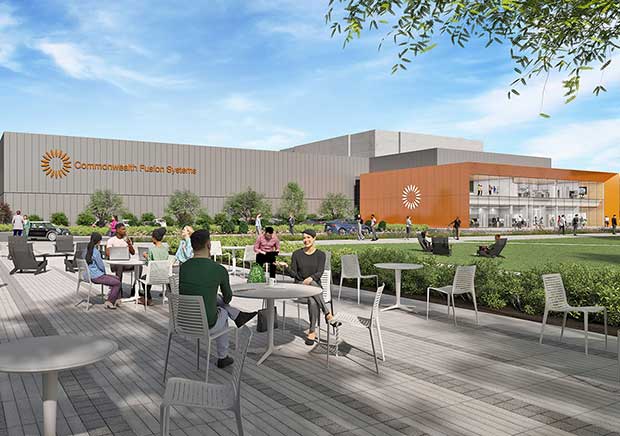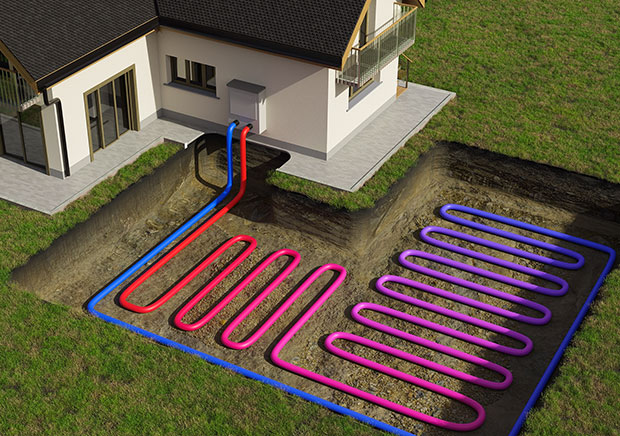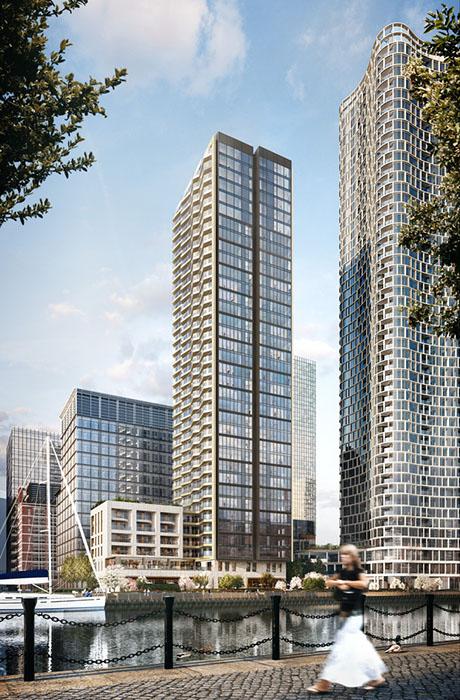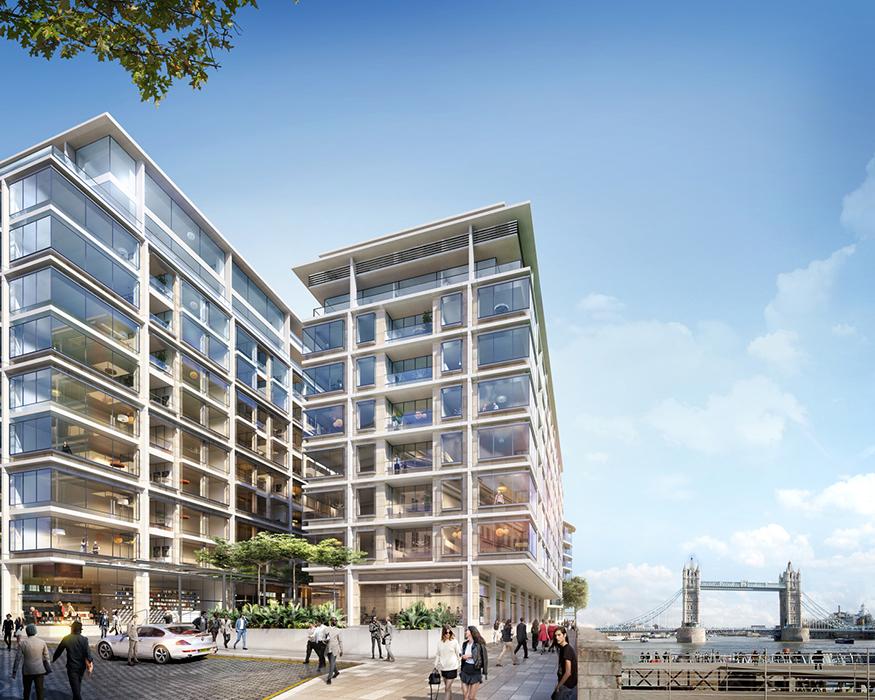
What England's Building Safety Act Means for Forensic Engineers and Insurers

 Raicho/Shutterstock
Raicho/Shutterstock
Key Takeaways
- Broad scope and stricter accountability - The BSA, effective June 28, 2022, imposes sweeping new duties on all "Higher‑Risk Buildings"—residential structures over six storeys in England. It enforces rigorous accountability across design, construction, management, and occupancy phases.
- Forensic engineers vital for maintaining safety records - Engineers are now central to maintaining the "Golden Thread" — a complete, traceable safety record — through risk assessments, documentation and investigative techniques to help buildings comply.
- Insurers face higher liability exposure - With tighter oversight and mandatory safety data, insurers must adjust pricing, underwriting, and risk models.
- Industry-wide demand for reskilling and collaboration - Implementation of the BSA demands engineers expand into risk analysis, fire safety, data integrity, and legal compliance.
The Building Safety Act (BSA) 2022, which came into force on 28 June 2022, represents a significant legislative shift in England’s approach to building safety and risk management. Introduced in the wake of the Grenfell Tower tragedy, the deadliest residential fire in the UK since 1988, the BSA was designed to address systemic failures in design, construction and oversight.
While the act’s regulatory framework, such as the introduction of the Building Safety Regulator (BSR) and the gateway approval system applies only to England, its provisions extending liability periods under the Defective Premises Act 1972 (DPA) apply to both England and Wales.
The BSA introduces a comprehensive framework aimed at improving safety standards for high-rise residential buildings, ensuring accountability throughout the entire lifecycle of a building, and reshaping the landscape for forensic engineers, insurers and dutyholders.
Key Changes Introduced by the BSA
The BSA applies to High-Risk Buildings (HRBs) in England, which are at least 18 metres or seven storeys high and contain a minimum of two residential units. Certain buildings, such as hotels, care homes, military barracks and prisons, are excluded from these provisions due to different risk profiles and occupancy patterns.
New Regulatory Oversight
The Building Safety Regulator, operating under the Health and Safety Executive (HSE), now oversees a stricter approval process for HRBs, introducing three key gateways to ensure safety and compliance:
- Gateway 1: Planning approval, focusing on fire safety at the design stage
- Gateway 2: Construction approval, where detailed design and specifications must be submitted and approved before construction begins
- Gateway 3: Completion and certification, ensuring the building complies with approved plans and safety standards before occupation
These gateways create clear checkpoints where compliance is assessed, promoting safety from design through to occupancy.
Extended Liability Periods Under the DPA
A major shift under the BSA is the extension of limitation periods for defective work claims under the Defective Premises Act (DPA) 1972:
- 30 years for buildings completed prior to June 2022 (applied retrospectively)
- 15 years for buildings completed after June 2022
This means that claims previously considered time-barred may now be reopened, with potential cases going back as far as 1992. While contract and tort claims remain subject to their usual limitation periods (six or twelve years, depending on circumstances), if a contract claim is time-barred and involves an HRB, claimants may pursue it under the extended DPA provisions.
FORENSIC ENGINEERING: EXPANDING ROLES AND RESPONSIBILITIES
The BSA doesn’t just affect compliance and insurance, it also expands the role of forensic engineers. We’re seeing a shift beyond traditional causation analysis into areas such as:
- Investigating procedural and regulatory compliance failures
- Conducting documentation audits to trace decision-making and assess exposure
- Supporting clients navigating Building Liability Orders (BLOs), which allow courts to hold associated entities (like parent companies) liable even if the original liable entity (for example, an SPV) has been dissolved or stripped of assets
The introduction of the golden thread—a clear, auditable record of a building’s design, construction and management—places renewed emphasis on documentation. This means forensic engineers must play a proactive role in ensuring records are complete, traceable and defensible.
Challenges and Opportunities
The BSA is still in its early stages of implementation. There’s a learning curve for both the industry and regulators, with inevitable delays as systems adjust and backlogs are addressed. This transition presents opportunities for forensic engineers and insurers to proactively work with brokers and clients to support compliance efforts with clear, concise underwriting submissions and documentation. This is also a chance for insurers to revisit policy wordings and provide clarity on any new types of coverage and the costs involved. Additionally, forensic engineers can assist insurers and lawyers in demystifying complex disputes regarding compliance.
Practical Insights for Peers
For designers and dutyholders: Successfully navigating the BSA requires a thorough understanding of the expected time frames, as delays can be significant, especially if the change control process is unaccounted for as projects commence on site. Map out the entire approval journey from Gateway 1 to Gateway 3, ensuring submissions are compliant, clear and aligned with regulator expectations. Quality documentation is key to avoiding delays or rework. Collaborate early with fire safety and compliance specialists, and ensure evidence of compliance, not just intent.
For insurers and claim handlers: The BSA’s extended limitation periods, particularly for historic claims reaching back 30 years, create a new layer of complexity and uncertainty. Prepare for an uptick in claims, especially related to defects that were previously time-barred. Underwriters may want to challenge the assumptions in actuarial models for pricing and reserves to account for potential reopened cases. Engage forensic engineers early to assess liability and prepare robust defences. BLOs also expand the pool of potentially liable parties, requiring insurers to anticipate wider exposure and adapt policies accordingly.
The Road Ahead
The BSA isn’t just a regulatory update, it represents a shift in mindset. It calls for a more transparent, proactive approach to building safety, where clear communication, robust documentation and cross-disciplinary collaboration are essential. As forensic engineers, we have a critical role to play in this transition. By combining technical expertise with a thorough understanding of compliance and risk management, we can support the industry’s move towards safer, more resilient buildings while reinforcing public trust in residential construction.
See more about our Forensics & Investigations Expertise



